Five things you need to know about the Oculus Rift
There are some good reasons to doubt the potential success of Oculus and their Rift headset.
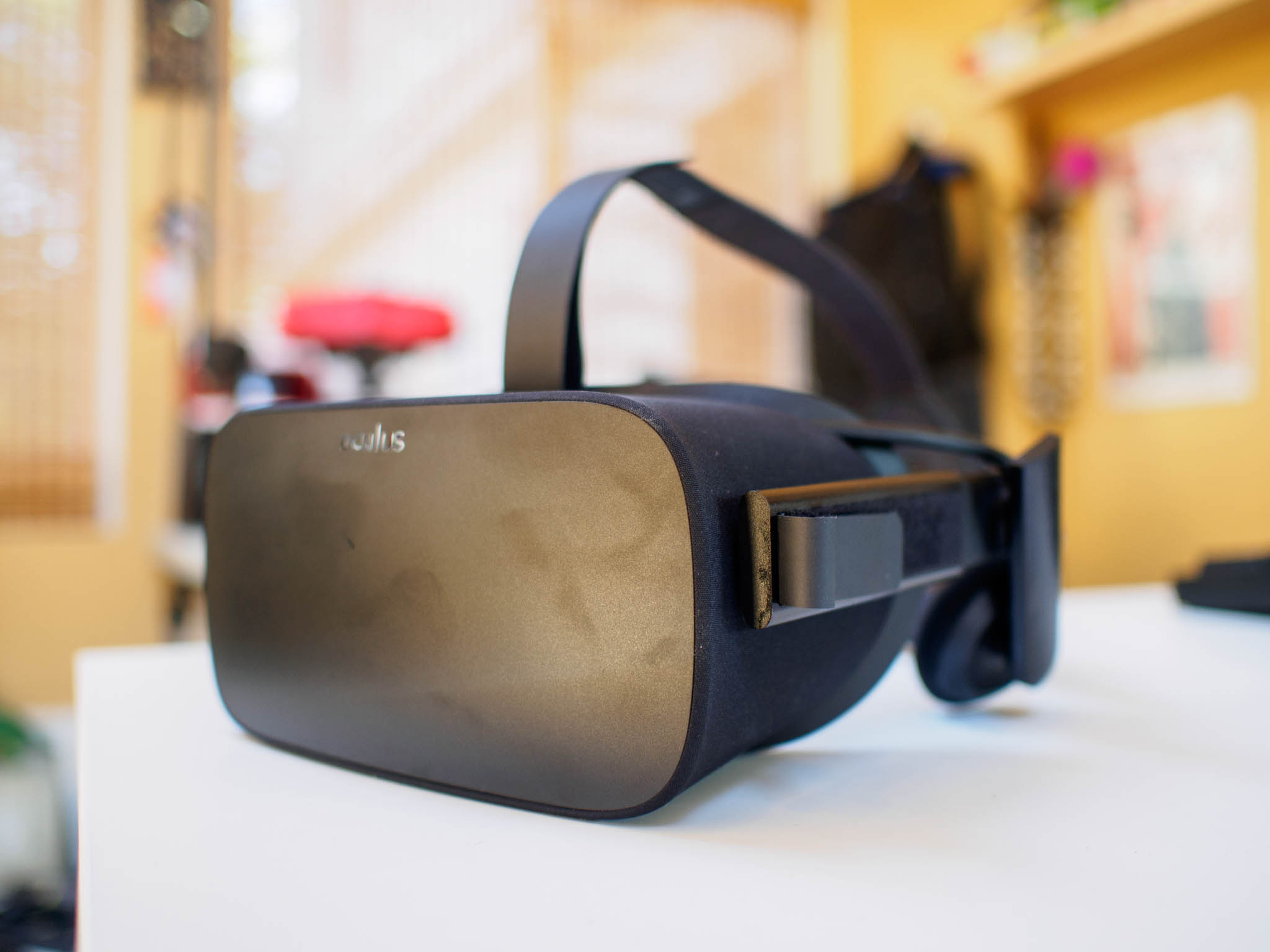
This first generation effort is expensive, the controllers meant to truly elevate the experience aren't available yet, and there are still plenty of folks out there who think VR is this year's version of the 3D TV. While it's still early days for this generation, and the cost of ownership is indeed higher than your average Xbox or gaming PC build, it's an experience well worth the early adopter itch.
If you're one of the folks on the fence about the Oculus Rift, there's a few things you should know about the headset before clicking the buy button.
If you wear prescription lenses, things get a little awkward
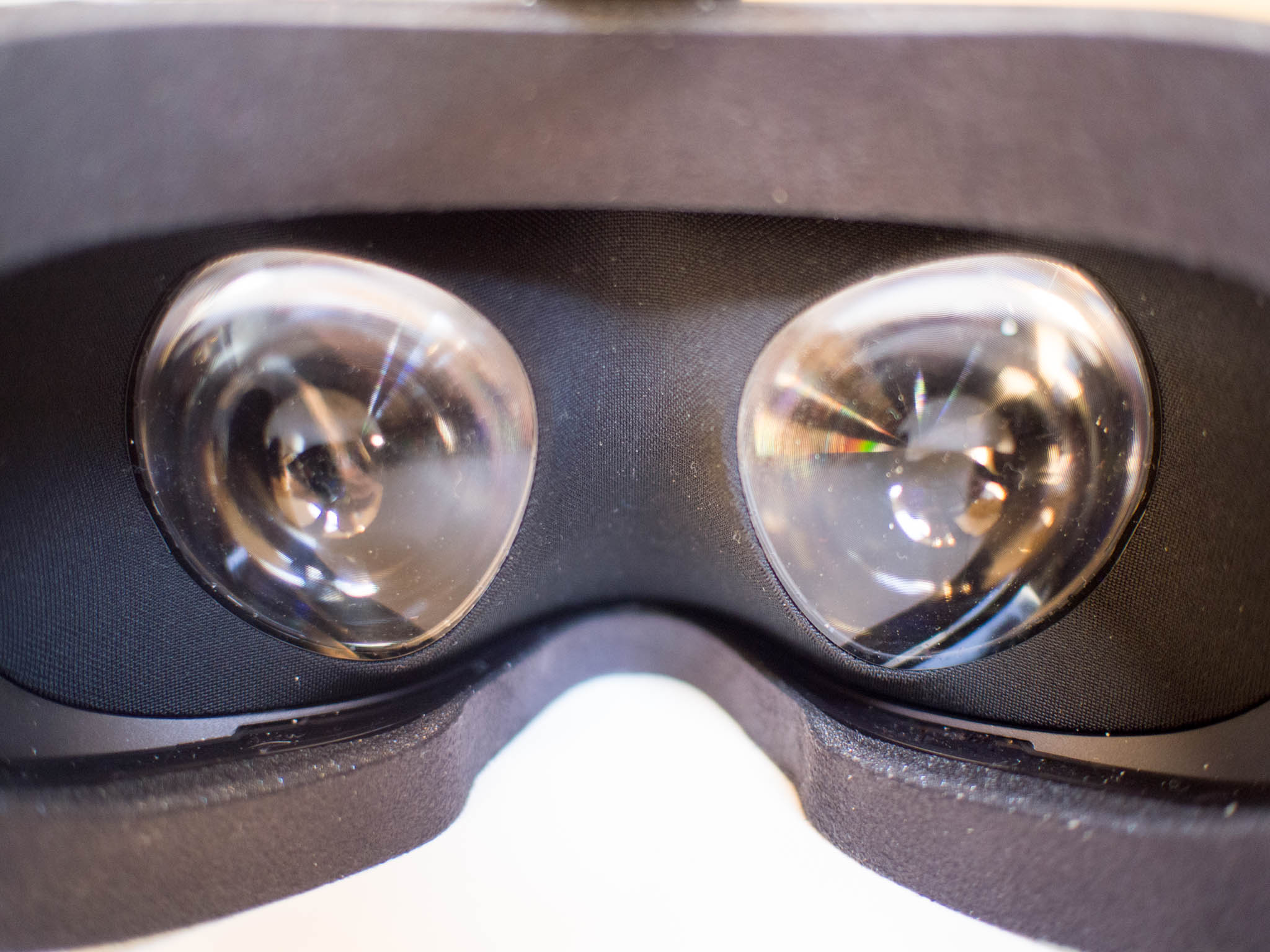
Oculus designed the Rift headset to hug your head without resting on your nose, which is a big deal. Distributing the weight the way Oculus has makes sure you can wear it a long time without feeling fatigued, which translates to more gaming time.
It also means those of you with prescription glasses are going to experience a bit of discomfort. Most folks will be able to slide the Oculus Rift on like a baseball cap, but if you wear glasses you almost have to put them in the headset first in order to avoid smudging the lenses with your eyelids. Once the headset is on and positioned, it all works fine, and if you have a narrow face you may not notice a problem at all, but if you have glasses and need them all the time it may get awkward.
This is not fixed position VR
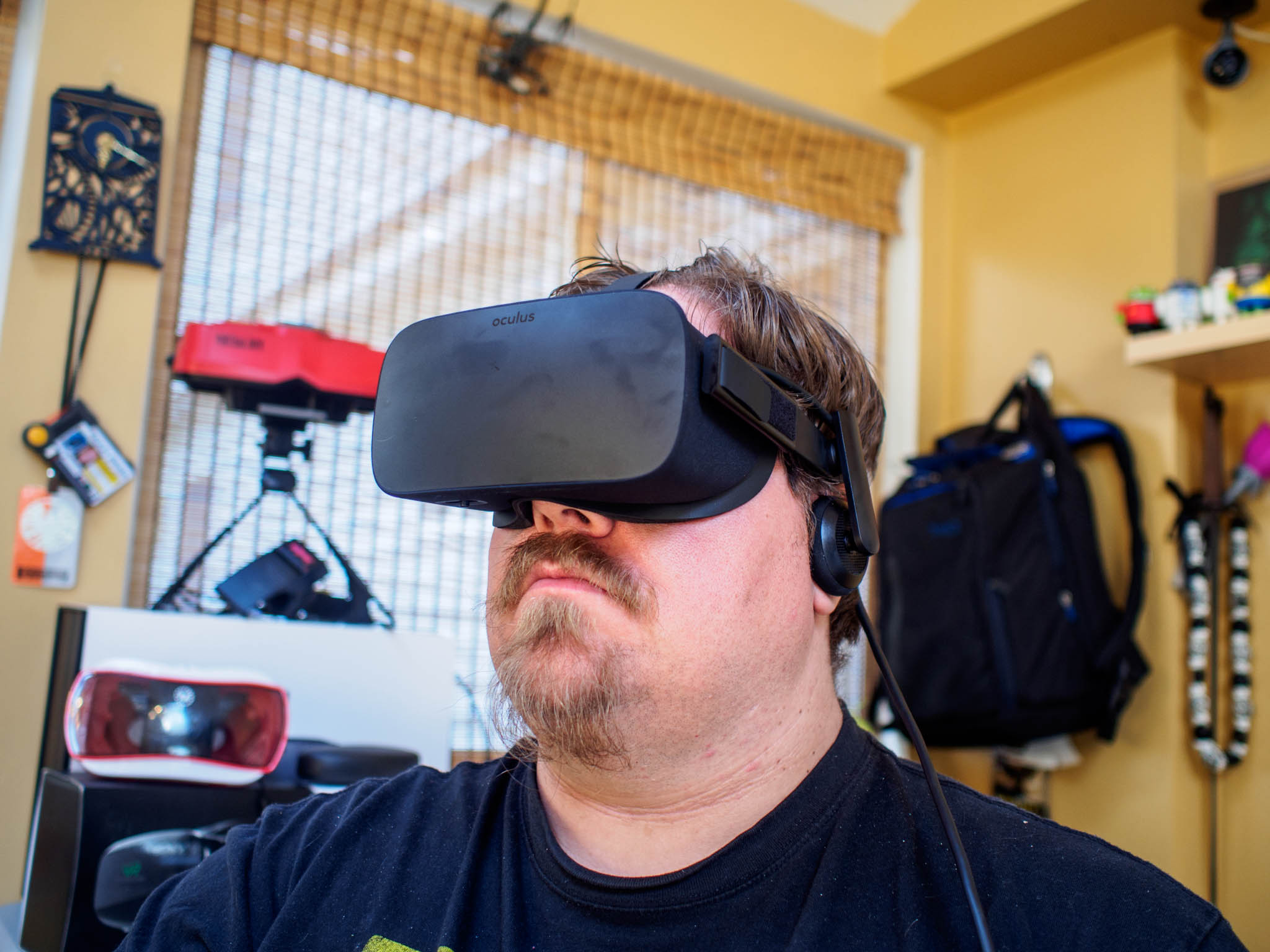
Oculus Rift is commonly referred to as a souped-up version of the Samsung Gear VR, which incorporates Oculus technology. While it's true the company has built the software for both and they feel somewhat similar, the hardware isn't nearly as basic. Getting past the much higher resolution display and much more capable graphics cards that power this experience, the biggest difference in using the two headsets is the way you as the player are positioned in space.
In both the Oculus Rift and Gear VR, you can look up and down or left and right in virtual environments, and the experience is similar, but in many Rift games you can also move forward and backwards or side to side. You can even move up and down depending on the title, though it doesn't usually make a huge difference. The closest comparison is to the HTC Vive in Standing Only mode without the controllers.
Nausea can happen, but probably won't
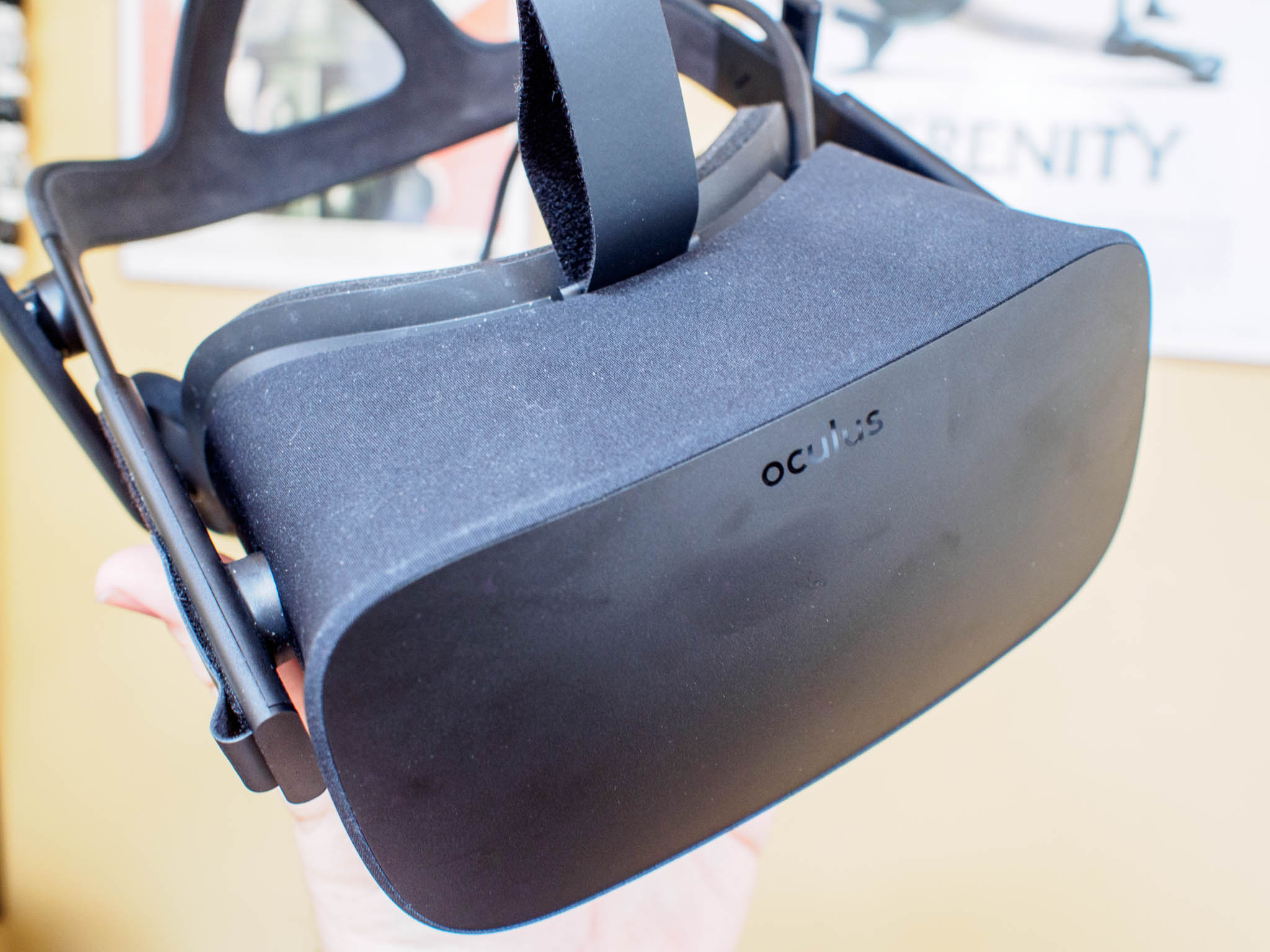
A big concern with older VR systems was the frequent occurrence of nausea during gameplay, often the result of something called cue correction. Basically, what your eyes see and your body feels aren't the same, and your brain tries to compensate. Oculus eliminates a lot of that with their impressive head tracking and 90fps visuals, but if something happens in the game that your body thinks is different from reality, nausea can occur.
Get the Windows Central Newsletter
All the latest news, reviews, and guides for Windows and Xbox diehards.
In our experiences so far, this frequently happens in racing games. Your body doesn't feel the bump from the car beside you, or the slide to the left and right as you drift, and that can result in cue correction. It doesn't happen with every racing game, but that seems to be the biggest cause of sickness so far.
Oculus Rift is surprisingly portable

While it's unlikely you're going to be taking your gaming PC to the local coffee shop and busting out the Rift to play a little EVE: Valkyrie — seriously, please don't do that — the Rift packaging was built to act as a carrying case. The headset, IR sensor, and Xbox Controller tuck away nicely and the box isn't too much bigger than your average briefcase. The Rift also doesn't have any external power requirements, since everything is powered by the PC itself.
This probably isn't reason enough to drop cash on a VR-ready gaming laptop or anything, but if you find yourself away from home for a week or two and are expecting downtime there are certainly worse ways to entertain yourself.
Don't expect popular AAA titles
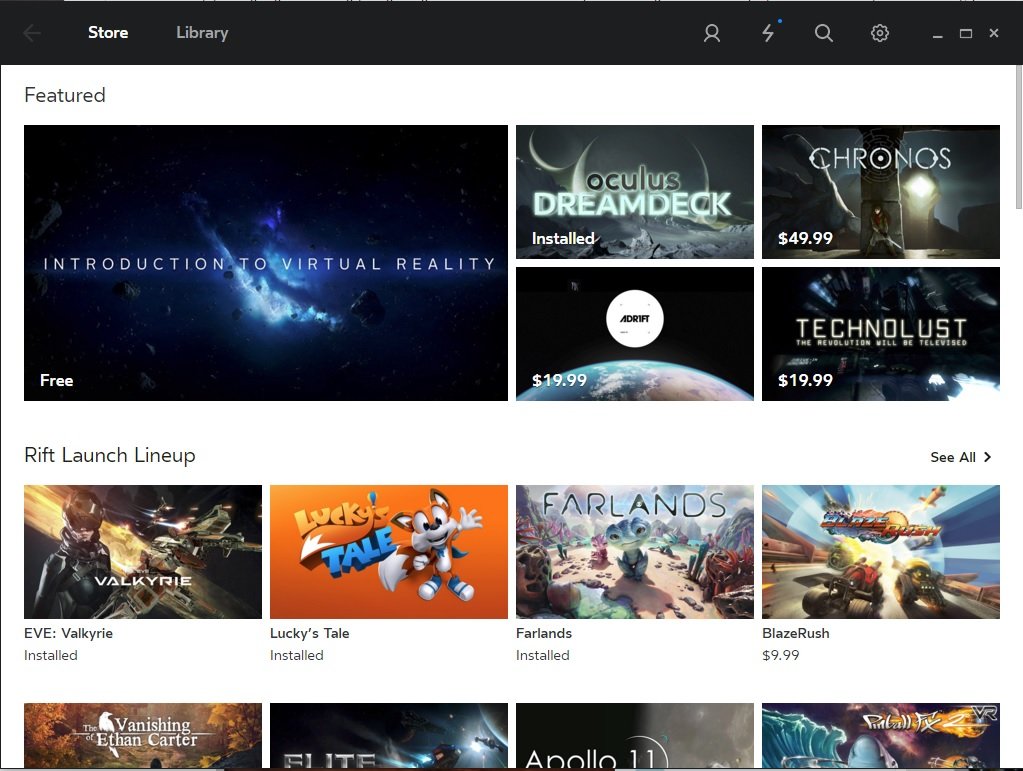
If you go into buying an Oculus Rift expecting to be looking around as Lara Croft or wrecking Covenant Wraiths as only Master Chief can, you're going to be disappointed. Designing a game for VR requires doing so from scratch, and right now there aren't enough users for massive game studios to cater to this audience. We'll absolutely see some things from those publishers before long, but out of the box what you have access to is quite limited.
That's the point, though. These experiences are unique and new. You aren't playing reheated arcade VR games, these are new and often remarkably compelling experiences from developers who have decided to try something new for a burgeoning audience. You're looking at a whole new kind of gameplay, and those new experiences are going to bring new and incredible IP along for the ride. Enjoy it!
Russell is a tech nerd who chases the best of everything, from phones to game consoles to laptops and everything glowing or beeping. He's the Managing Editor of gaming content for Mobile Nations and can be found contributing to all of the Mobile Nations sites. Reach out on Twitter!

